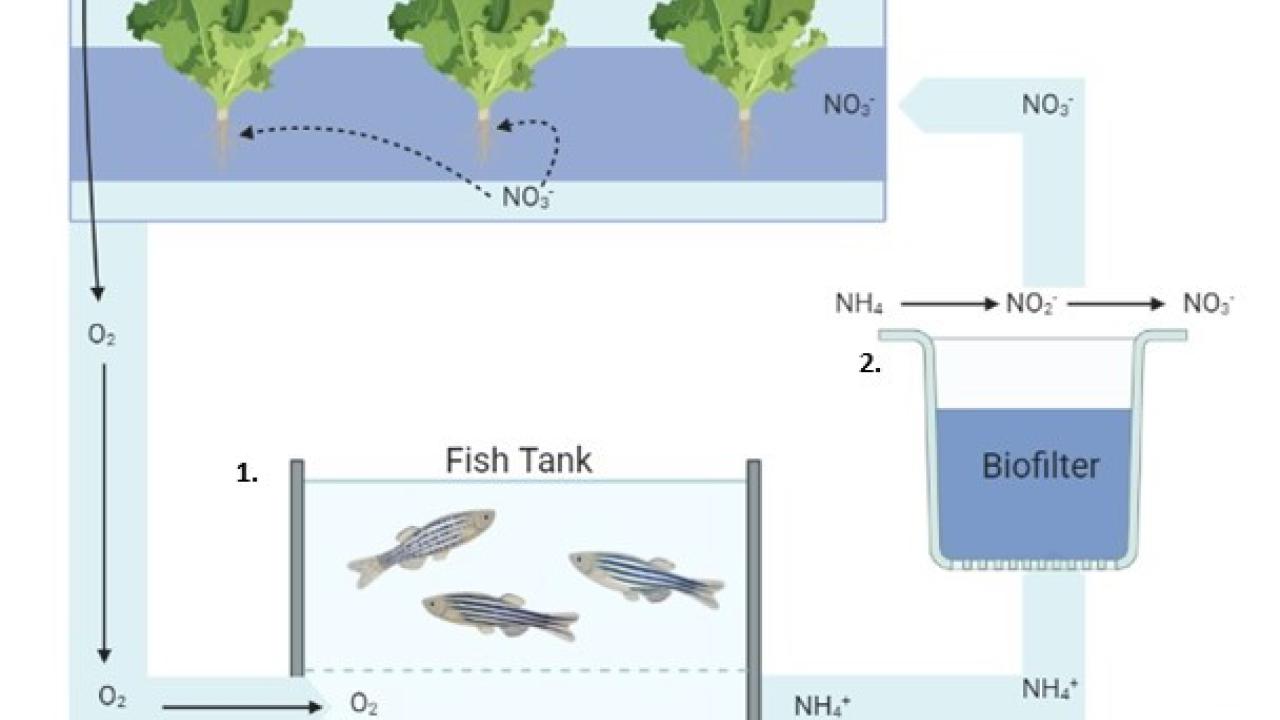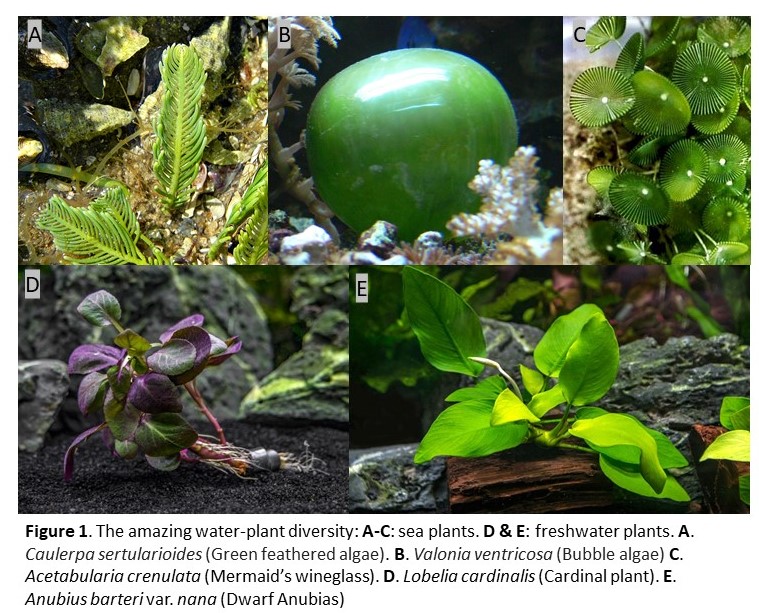
Blue Meets Green Biotech: Plants in Water
Blue Meets Green Biotech: Plants in Water
By Tawni Bull
A lot of us have spent some time on or close to the surface of the water, but in these moments did you ever stop to think about the vast amount of life that exists deeper under the surface. As humans, it is hard to fully comprehend how the amount of marine and freshwater diversity that exists because we do not encounter most of it. In 2012, Appletans et al. attempted to describe the amount of diversity that existed in the global marine ecosystem (i.e., total number of species) and estimated there to be between 700 thousand and 1 million marine species (this does not include freshwater life). These forms of life include animals, microbes, and, you guessed it, PLANTS! Today we will be making the connection between green biotech and blue biotech. Blue biotech, think “blue” as in water, exploits the diversity of aquatic organisms and, just like most things we encounter in life, plants are among them. Figure 1 demonstrates some beautiful plant diversity living beneath the surface!

The environmental variability in the aquatic, specifically marine, environment makes it an interesting prospect for biotechnology. Things like hydrothermal vents and high salt environments push the evolution of “extreme” organisms (organisms that can live in extreme conditions), also termed extremophiles. Some of these organisms consume different forms of food and have different enzymes to metabolize that food. In the early 2000s marine plants became more popular candidates in the hunt for new enzymes to use commercially. Some of these enzymes include an ATPase involved in salt metabolization and a urease involved in the conversion of urea to ammonia (Debashish et al. 2005). In agriculture, the novel ATPase has potential to aid in the development of salt tolerant plants, and the urease could be used to increase plant nitrogen uptake and fertilizer use. More examples with more details are listed in this article.

Another part of blue biotech is aquaculture, the cultivation of fresh- and saltwater organisms under controlled conditions. It can also be referred to as fish farming. The goal of aquaculture is to produce human food, provide for recreational activities, and aid in the recovery of endangered species. More recently, people have combined aquaculture with hydroponics (growing plants without soil) and termed it aquaponics. In nature, plants take up nutrients from the soil with their roots. In aquaponics, plants obtain nutrients from wastewater in a fish tank (Figure 2.). The ability of growing plants in an aquaponics system relies on the conversion of ammonia-rich nutrients from fish waste to nitrates for plant uptake (Wongkiew et al. 2020). Some of the main applications of green biotech are engineering crops for higher yield, to survive in harsh environments, and to combat pests and diseases. In addition to this, arable land used for farming has begun decreasing due to the increase in global population. One group of researchers showed cool season crop such as lettuce, beets, and cilantro can be grown in an aquaponics system (Buzby et al. 2016). Aquaponics systems open new opportunities for green biotech that will require less land use and, eventually, may have potential for implementation as a food production source. Below are some examples of real aquaponics systems in action (Figure 3.)!

There is still a lot we can learn about the variety of species and plants in fresh and saltwater environments and how we can use these as tools to help improve our way of life. I hope next time you are spending some time in the water, you take a second to appreciate the amount of life that exists just beneath you. With this life comes a lot of potential knowledge waiting to be discovered!
References
Appletans, W. et al. 2012. The Magnitude of Global Marine Species Diversity. Current Biology. 22:2189-2202.
Buzby, K.M. et al. 2016. Evaluating aquaponic crops in a freshwater flow-through fish culture system. Aquaculture. 460: 15-24.
Debashish, G et al. 2005. Marine Enzymes. Advanced Biochemical Engineering/Biotechnology. 96: 189-218.
Wongkiew, S et al. 2020. Aquaponics for resource recovery and organic food productions. Current Developments in Biotechnology and Bioengineering. 475-494.
Editor's Note
This is the third blog by Tawni Bull in a five-part series "The Biotechnology Rainbow", including:
